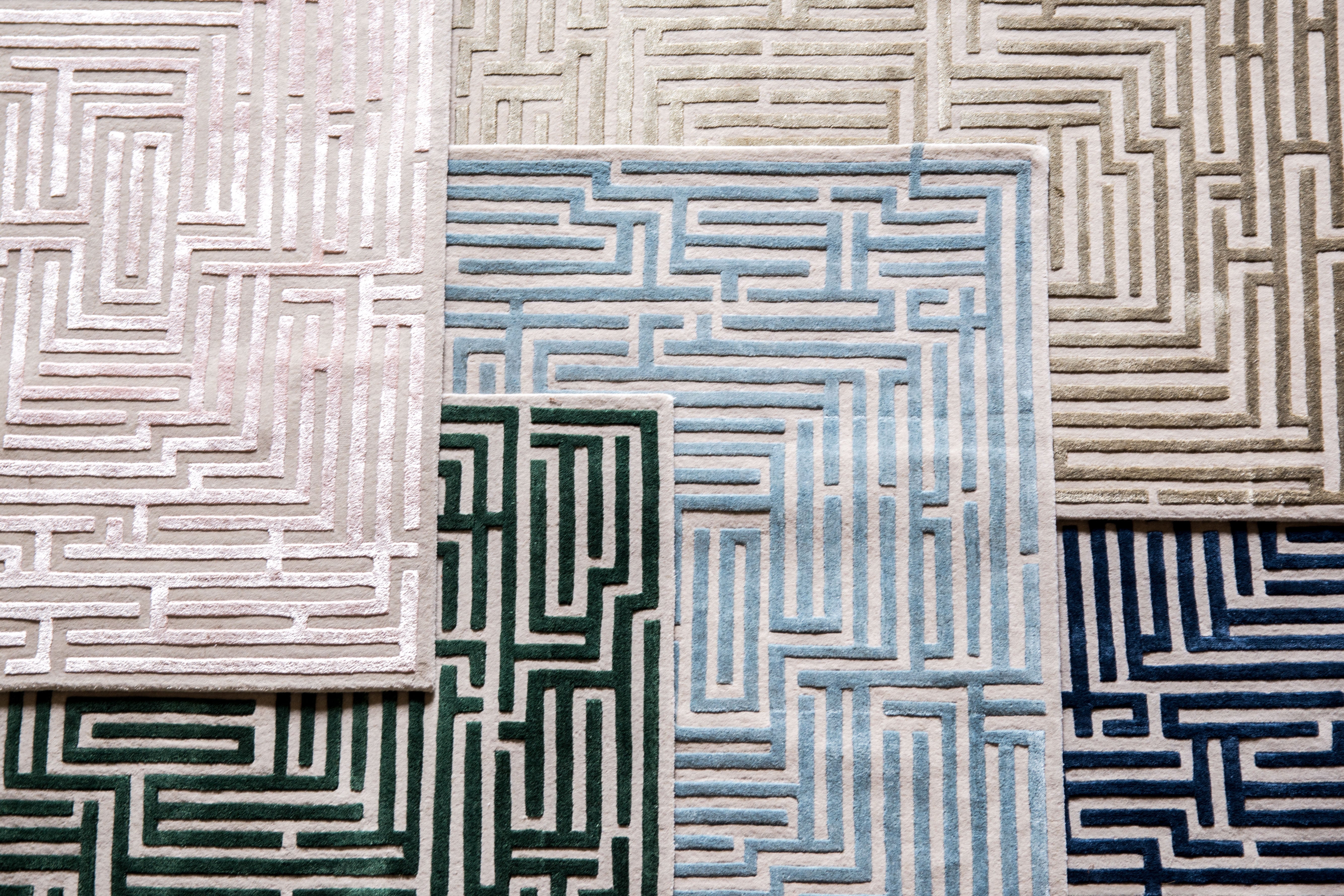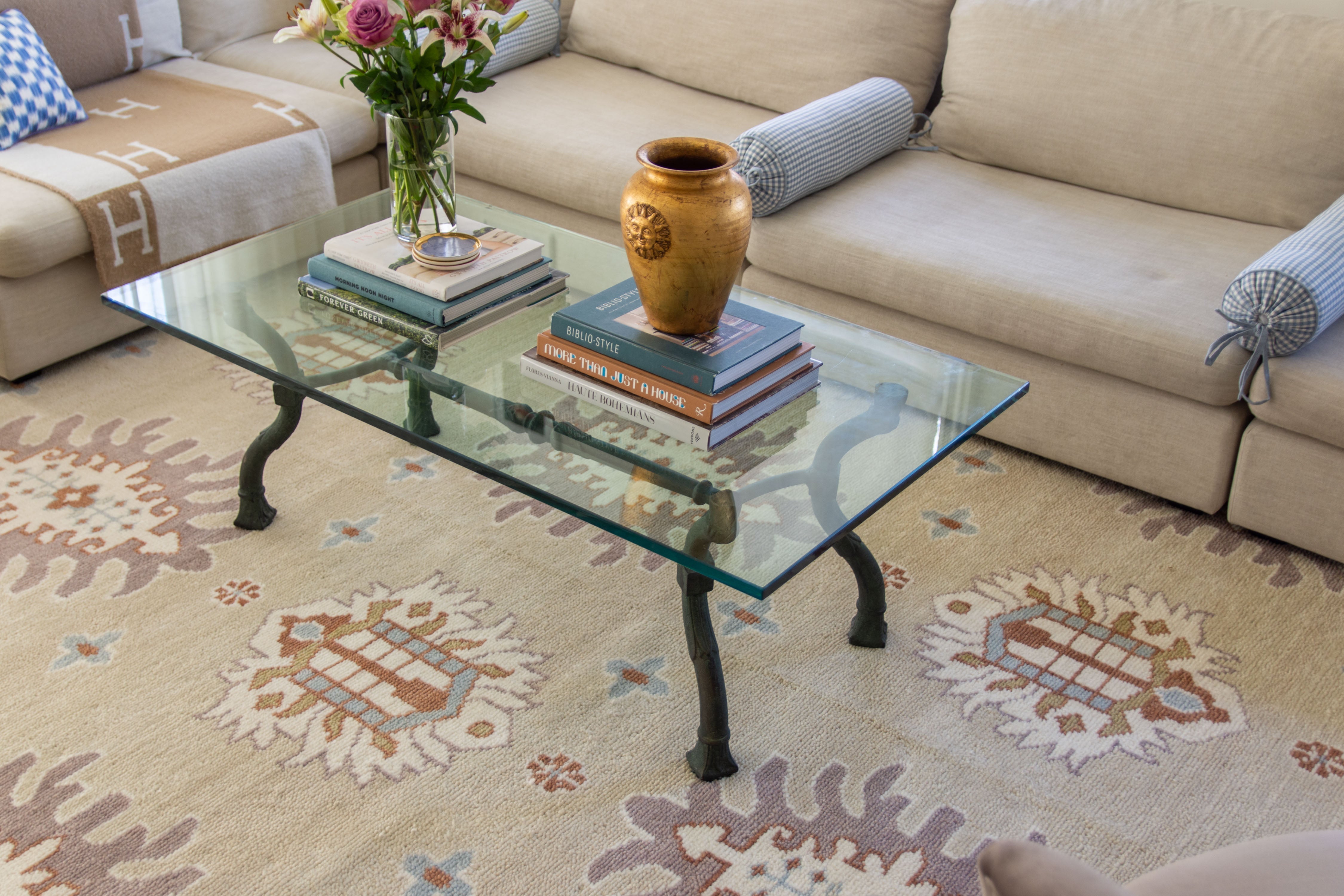The Complete Guide to Taps: Types, Uses, and Installation Tips
Taps, also known as faucets in some regions, are essential fixtures in any household, commercial, or industrial setting. They provide access to water for various purposes, from personal hygiene to cooking, cleaning, and beyond. While taps may seem straightforward, understanding the different types, their uses, and installation tips can enhance your plumbing knowledge and ensure you select the right tap for your needs. This comprehensive guide delves into the world of taps, covering everything from basic terminology to advanced installation techniques.
Understanding Tap Basics
A tap is a device used to control water flow from a pipe or container. It typically consists of a handle or knob that, when turned, opens or closes a valve, allowing water to flow or stopping it entirely. When you explore online, you can find different kinds of tap at Yabby.com.au, where you will have a good insight into the wide range of options available. Understanding the mechanism of a tap is crucial for selecting the right type to suit your needs.
Types of Taps
- Compression Taps: Compression taps are among the oldest and simplest types. They feature a primary mechanism where a washer is compressed against a valve seat to stop water flow. While durable, they are prone to leaks over time and require occasional maintenance to replace worn washers.
- Ball Taps: Ball taps use a rotating ball to control the water flow. They are known for their durability and ease of use, with a single handle controlling temperature and flow. Ball taps are commonly found in kitchens and are less prone to leaks than compression taps.
- Cartridge Taps: Cartridge taps utilize a replaceable cartridge to regulate water flow. They offer smooth operation and are less prone to leaks than compression taps. Cartridge taps come in both single-handle and double-handle configurations, providing flexibility in design and functionality.
- Disc Taps: Disc taps feature a pair of ceramic discs that control water flow. They are often found in upscale bathrooms and kitchens due to their reliability and modern appearance.
- Mixer Taps: Mixer taps come in various configurations, including single-handle mixers and dual-handle mixers. Mixer taps are versatile and widely used in kitchens and bathrooms, offering convenience and efficiency.
Regardless of the types of taps available, some key components will remain the same.
Components of a Tap:
- Handle/Knob: The part of the tap that is manipulated to control the flow of water.
- Spout/Nozzle: The outlet through which water flows.
- Valve: The mechanism that opens and closes to control water flow.
- Body: The main structure of the tap that houses the valve and other internal components.
- Aerator: Optional but typical component that mixes air with water to reduce splashing and conserve water.
Selecting the Right Tap for Your Needs
When selecting the right tap for your home or business, several factors should be considered to ensure functionality, aesthetics, durability, water efficiency, and budget alignment. First and foremost, consider the functionality of the tap and its intended use, whether it's for a kitchen sink, bathroom basin, or bathtub. Assess the frequency of use and the expected water flow requirements to determine the most suitable type of tap. Additionally, aesthetics play a significant role in the selection process. Choose a tap style and finish that complements the existing décor of the space where it will be installed, ensuring harmony with the overall design theme.
Pay attention to the internal components of the tap, ensuring they are robust and long-lasting. Moreover, prioritize water efficiency by selecting taps with built-in aerators or flow restrictors that help conserve water without compromising performance. Explore energy-efficient options like sensor-activated taps or thermostatic mixers, which save water and reduce energy consumption. Lastly, consider your budget for the tap purchase and installation. Remember that while sticking to your budget is essential, investing in a high-quality tap upfront can save you money in the long run by reducing maintenance and replacement costs.
Installation Tips
Before beginning the installation process, make sure you have the following tools and supplies on hand:
- Adjustable wrench
- Pipe wrench
- Plumber's tape
- Screwdriver
- Silicone caulk (if needed)
- Teflon tape
If replacing an existing tap, disconnect the water supply lines and remove the old tap from the sink or countertop. Clean the area thoroughly before proceeding with the installation of the new tap. Refer to the installation instructions for specific guidance on installing your chosen tap model. Follow each step carefully to ensure proper installation and functionality. Check all connections and joints for tightness and adjust to ensure a watertight seal. With the installation complete and any leaks addressed, enjoy the convenience and functionality of your new tap. Regular maintenance and occasional cleaning will help ensure optimal performance and longevity.
Taps are indispensable fixtures crucial in providing access to water for various purposes. Whether upgrading an existing tap or installing a new one, following the guidelines outlined in this comprehensive guide will help ensure a smooth and successful installation process. Choose wisely, install carefully, and enjoy the convenience and functionality of your taps for years to come.
Browse by Category
Design Projects
Explore interiors from client work and personal renovations — layered, livable, and always in progress.
read more →Collaborations
From product launches to styled spaces, discover the brand stories I’ve helped bring to life.
read more →The Notebook
A growing archive of iconic designers, inspiring artists, and unforgettable design moments.
read more →Travel by Design
Wander with a designer’s eye — from charming hotels and city guides to visual inspiration abroad.
read more →









